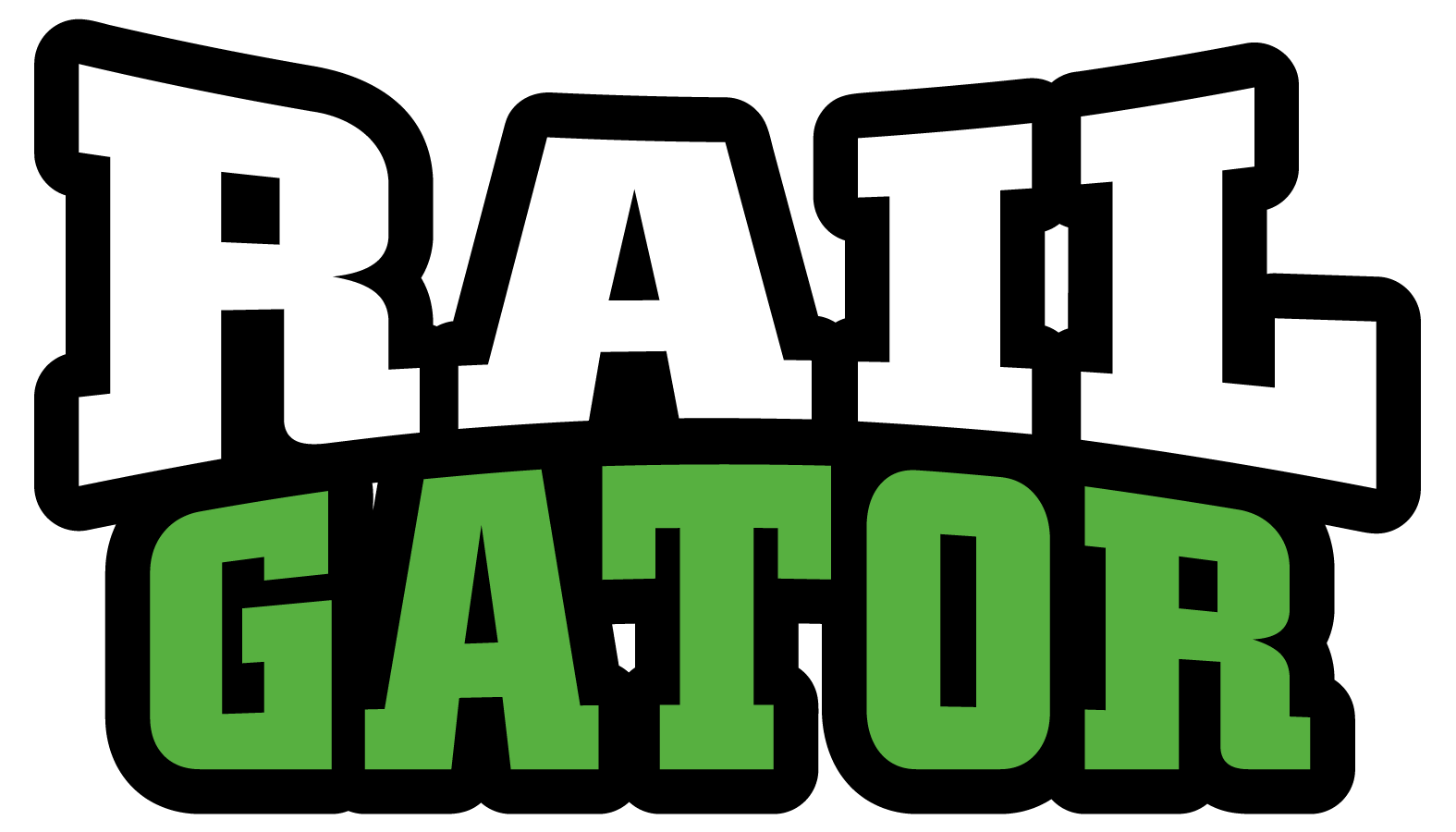The potential money-saving power made accessible by the Rail Gator is clearly in the billions. How many billions saved depends upon a few significant factors:
1). How much guardrail is out there, really? The US began the journey of transitioning to MASH/MGS guardrail spacing with hundreds of thousands of miles of pre-MASH/MGS guardrail already in place throughout our nation. We asked around a few agencies for an estimation of how many miles of pre-MASH guardrail panel might be out there on US roadsides as of 2018. A best-guess estimate?: Perhaps 1/2 a million miles, (likely more), of guardrail deployed up till the 2018 shift towards MASH punching/spacing. The vast majority of America’s pre-2018 panel is the ‘old style’ panel.
Pre-MASH “old style” guardrail is where the Rail Gator delivers its cost-savings punch.
Taking the conservative approach, let us consider guardrail potentially damaged and removed before it could be field punched and reset – or panel too close to aging out. Thus, let us drop our estimate to 400,000 miles of guardrail as our potential inventory for field punching between a hypothetical timeline of 2019-2035.
2). The degree of agency funds saved by field-punching is relative to the amount of new material purchase avoided. This case-by-case basis depends upon several factors, such as: The lifespan of the guardrail panel being replaced; The condition of the posts; The type of engagement by the reset crew; The costs of the labor and materials where the work is being done; The difficulty of removing and replacing splice/nut bolt combinations; etc.
Most guardrail reset field punching operations will likely empower agencies to keep their pre-existing guardrail panel, posts, block-outs and hardware. If all of these line items had been targeted for complete replacement prior to optional field-punching, then a greater amount is being saved.
It is likely that the savings made accessible to the American public by adopting Rail Gator approach will be between $9,000,000,000 – $36,000,000,000 in taxpayer dollars.
COUNTING THE COSTS :
The Savings of Rail Gator Punching – Two Ends of a Spectrum:
A new 25ft guardrail panel costs ~$110/section (with hardware). Transitioning to MGS spacing requires 4ea. new, elongated slots added per 25 ft guardrail panel. A 12.5 ft section of W-beam guardrail requires only two new, elongated holes per panel to be transitioned to MSG spacing.
Replacing Everything: On the more expensive end of remove and replace options, some agencies choose to remove the entirety of a run of guardrail and replace all of the former inventory with new materials. R
If we apply a savings of ~$90,000 per mile to 400,000 miles of guardrail, this delivers a whopping potential savings of $36,000,000,000 – (36 BILLION dollars) to the US Taxpayer.
Replace the Panel Only: Some Agencies might simply intend to replace their Non-MGS punched panel
The savings of $23,323 per mile over 400,000 miles of guardrail delivers a gracious $9,330,000,000 (9.33 BILLION dollars) benefit to the American taxpayer.
Even More Savings?
As the above values consider only
- Dismantling, handling and disposing of
previous guardrail construction materials. - The costs of labor to erect the new MGS punched guardrail panel.
- When guardrail hardware becomes resistant to removal, (often the case in resets), this difficulty can add significantly to labor costs, thus bid estimates. Various approaches to Rail Gator field punched guardrail reset scenarios might avoid the engagement of the troublesome splice nut/bolt hardware.
- Use of a Rail Gator may well result a reduction in Traffic Control costs and exposure of personnel while handling guardrail materials.
- In many, (not all), deployments, a Rail Gator can be punch roadside guardrail panel while the skid steer and the Rail Gator ground operator remain positioned behind an installed guardrail run.
- The later need for extraction and re-driving of posts will most likely require traffic control or lane closure.
Even MORE savings per paved road mile…
Many places on our roadways have two, three or even four runs of guardrail at any given location. This can greatly affect the amount of actual savings one Rail Gator might yield for each mile of paved road managed by a given agency.
Turnkey installs can cost an agency up to $25/foot of installed W-beam guardrail.
